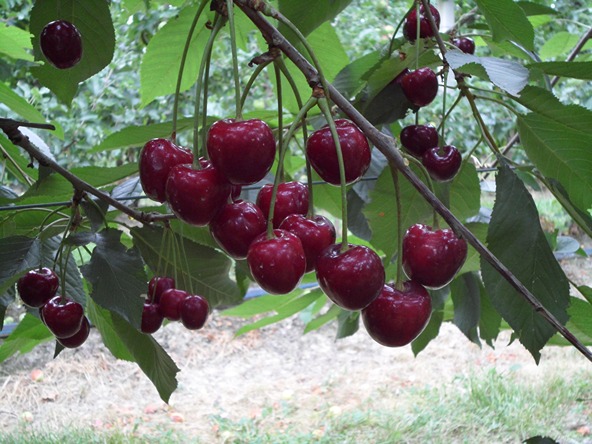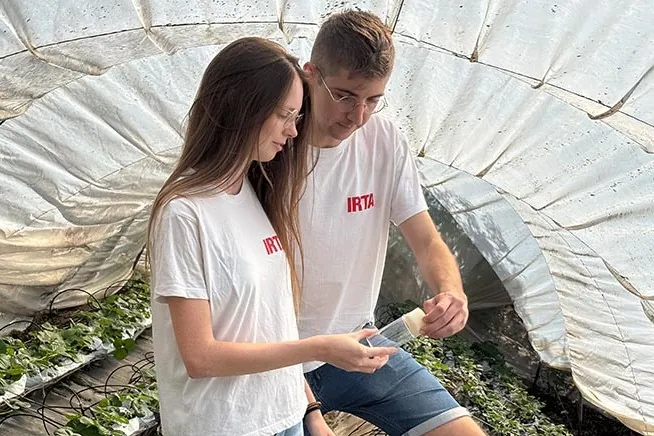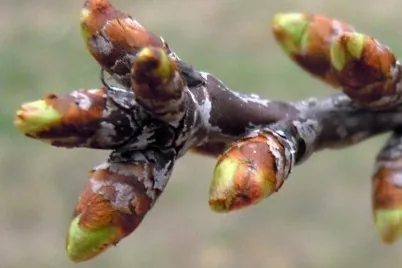Calcium managing has always been important in sweet cherry cultivation. Calcium plays a crucial role in determining the structure of the cell wall of the middle lamella and the membranes. Additionally, it serves as an essential secondary messenger, influencing cellular compartmentalization and contributing to the ionic balance of the cell.
The research, conducted jointly by researchers from the University of Chile and INRAe (France), aimed to study the dynamics of calcium (Ca) absorption in cherry fruits and leaves.
Isotope labeling was used to track the movement and accumulation of calcium within the plant, specifically on the "Lapins" cultivar grafted onto "Colt" rootstock. The study utilized the stable calcium isotope (44Ca) to distinguish between different sources and to understand its uptake and distribution during various phenological stages of fruit development.
Cherry trees were treated with 44Ca at different stages of fruit development:
- Stage I (SI).
- Stage II (SII).
- Stage III (SIII).
Calcium absorption in fruits and leaves was monitored over time to evaluate effectiveness at different stages. The results showed that calcium absorption by fruits was significantly higher when administered at the earlier stage (SI) compared to the later stages (SII and SIII).

Additionally, leaves consistently showed higher 44Ca values compared to fruits at all stages, highlighting the superior capacity of leaves to absorb calcium. The later the foliar application of Ca, the lower the amount of this mineral recovered in leaves and fruits. Therefore, the study concludes that foliar applications of calcium at the beginning of fruit development, particularly during the cell division period, are more effective.
Calcium is fundamental for fruit quality and storage potential. Therefore, proper administration is crucial in sweet cherry cultivation, where maintaining optimal levels is essential to prevent disorders like fruit cracking and to extend shelf-life.
In summary, this study provides valuable insights into the temporal dynamics of calcium absorption in sweet cherry trees and highlights the potential benefits of targeted applications during the early stages of fruit development. These results offer useful guidance on administering calcium in orchards, information that can help sweet cherry growers produce higher quality cherries with better shelf-life, while reducing losses in the supply chain.
Source: Matteo, M., Zoffoli, J. P., Van der Heijden, G., & Ayala, M. (2024). Calcium absorption by fruit and leaves of sweet cherry trees (Prunus avium L.) by isotope labeling. Scientia Horticulturae, 329, 113026.
Image: SL Fruit Service
Andrea Giovannini
University of Bologna (IT)
Cherry Times - All rights reserved













